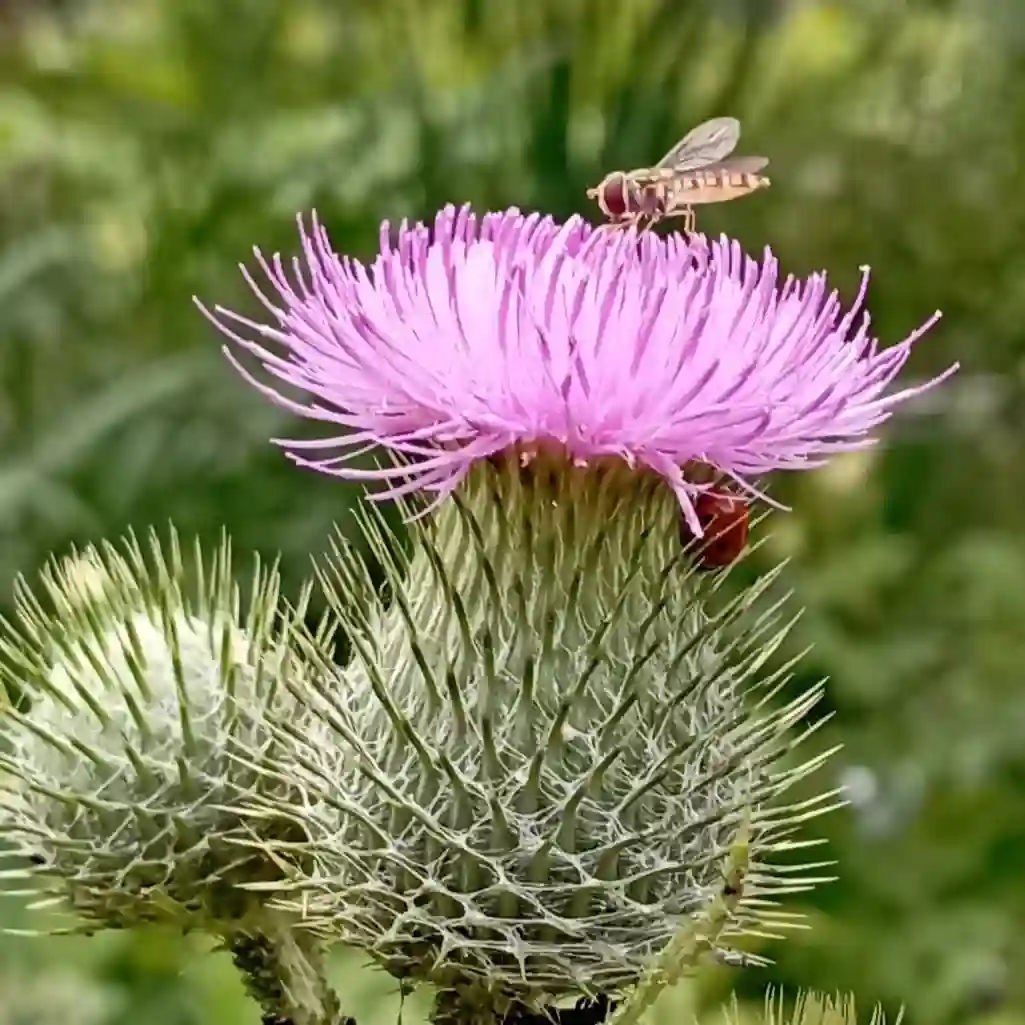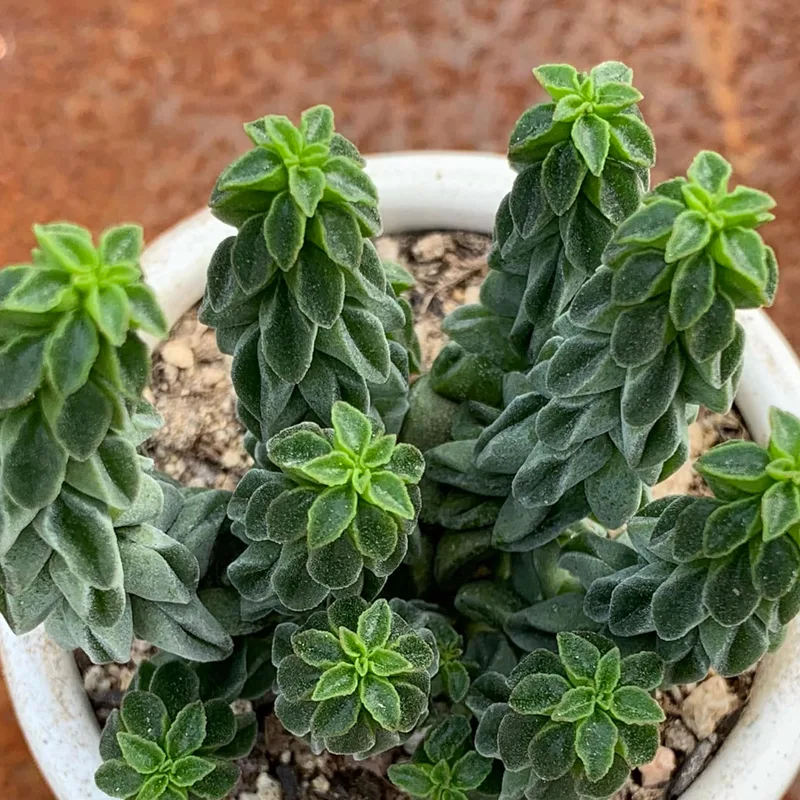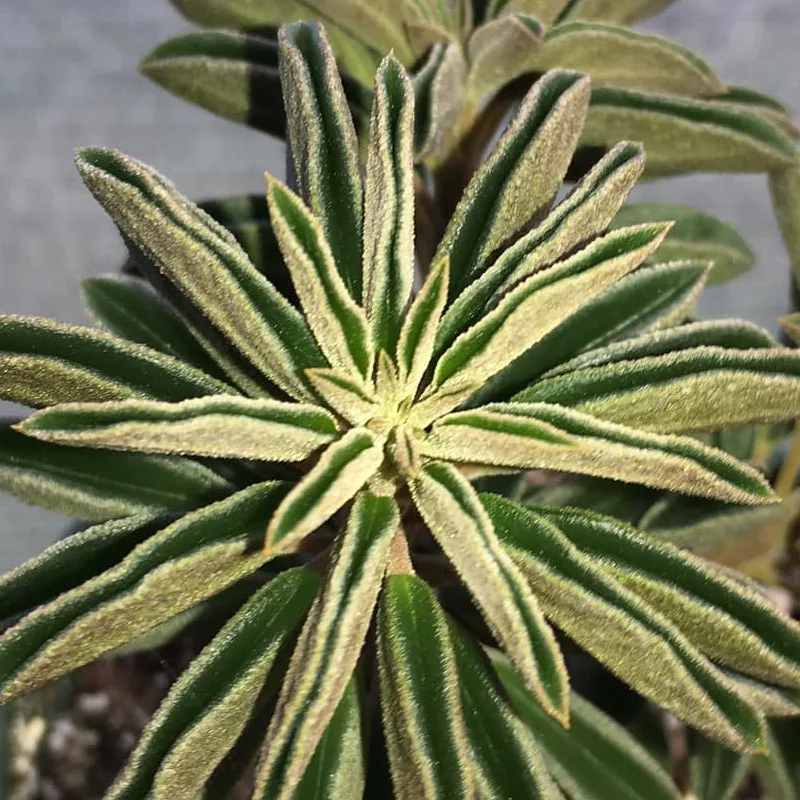What Is Cissus Trifoliata?
Cissus Trifoliata, often known as the “Three-leaf Cissus,” is a versatile and attractive plant native to tropical regions. Its name comes from the distinctive three-lobed leaves that give it a unique appearance. This plant belongs to the Vitaceae family, which includes other popular climbers like the grapevine. It’s an excellent choice for adding lush greenery to both indoor and outdoor spaces.
281 Species in Genus Cissus
How to Care for Cissus Trifoliata?
Caring for Cissus Trifoliata is relatively straightforward, making it a great option for both novice and experienced gardeners. Here’s what you need to know:
- Light: This plant thrives in bright, indirect light. It can handle some direct sunlight, but too much can scorch the leaves. If grown indoors, place it near a window with filtered light.
- Water: Cissus Trifoliata prefers evenly moist soil. Water it when the top inch of soil feels dry. Overwatering can lead to root rot, so make sure the pot has good drainage.
- Temperature: It does best in temperatures ranging from 60-75°F (15-24°C). Avoid placing it in drafts or near heat sources that can cause temperature fluctuations.
- Humidity: Moderate humidity is ideal, but this plant is fairly adaptable. If your home is very dry, consider misting the leaves or placing a humidifier nearby.
- Soil: Use a well-draining potting mix. A combination of peat, perlite, and pine bark works well to keep the roots healthy.
- Fertilizer: Feed it monthly during the growing season (spring and summer) with a balanced, water-soluble fertilizer. Reduce feeding during fall and winter when growth slows down.
How to Propagate Cissus Trifoliata?
Propagating Cissus Trifoliata is an easy and rewarding process. Here’s how I do it:
- Cuttings: Take 4-6 inch cuttings from a healthy plant, making sure each cutting has at least one node (the point where leaves attach). Remove the lower leaves to expose the node.
- Rooting Medium: Dip the cut end of the cutting in rooting hormone to encourage root development. Place it in a pot with a mixture of peat and perlite or water.
- Conditions: Keep the cuttings in a warm, bright spot with indirect light. Maintain humidity by covering the pot with a plastic bag or dome.
- Transplanting: After a few weeks, once the cuttings have developed roots, you can transplant them into larger pots.
What to Plant with Cissus Trifoliata?
Cissus Trifoliata pairs well with other tropical and subtropical plants. Here are some ideas:
- Philodendrons: Their large, glossy leaves complement the delicate foliage of Cissus Trifoliata.
- Pothos: Both plants thrive in similar conditions, and their contrasting leaf shapes create visual interest.
- Ferns: Add a touch of lush greenery and create a rainforest-like atmosphere.
Is Cissus Trifoliata Toxic?
Cissus Trifoliata is not known to be toxic to pets or humans. However, it’s always a good idea to keep all plants out of reach of pets and small children to prevent any potential issues.
Benefits of Cissus Trifoliata
- Aesthetic Appeal: Its vibrant, green leaves add a tropical touch to any space.
- Air Purification: Like many houseplants, it helps to improve indoor air quality by removing toxins.
- Low Maintenance: Its easy care requirements make it a suitable choice for busy individuals.
Common Problems
- Leaf Drop: This can occur if the plant is exposed to sudden temperature changes or drafts. Ensure it’s in a stable environment.
- Pest Infestations: Check for common pests like spider mites or aphids. Regularly inspect the undersides of leaves and treat infestations promptly.
- Yellowing Leaves: Often a sign of overwatering or poor drainage. Adjust watering habits and check for root rot.
Comparing Cissus Trifoliata with Similar Plants
Cissus Rhombifolia: Commonly known as the “Grape Ivy,” Cissus Rhombifolia has diamond-shaped leaves and is often confused with Cissus Trifoliata. While both are similar in care requirements, the shape of the leaves is a key differentiator.
Cissus Quadrangularis: Known for its square stems, this plant is also a member of the Vitaceae family but has a more upright growth habit compared to the climbing nature of Cissus Trifoliata.
Conclusion
Cissus Trifoliata is a fantastic choice for adding a touch of greenery to your home or garden. With its ease of care, attractive appearance, and non-toxic nature, it’s a plant that can thrive in a variety of conditions. Whether you’re a seasoned gardener or just starting out, this plant is sure to enhance your space and provide enjoyment for years to come.
If i die, water my plants!



